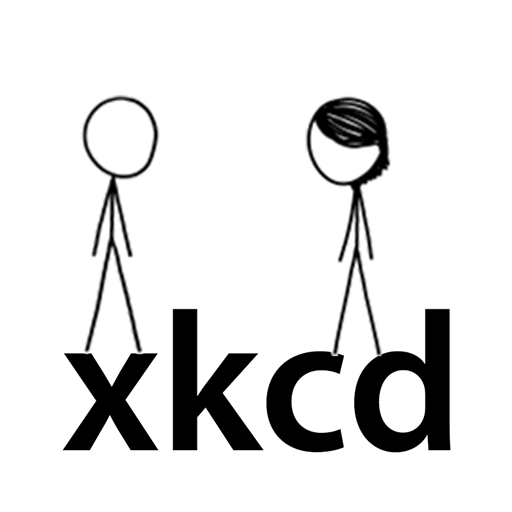

I saw it yesterday and there was not a single child in the theater. Granted, this was the English version in a German theater but it’s a city with people from all over the world, I would have expected at least a few. Would be interesting to see what the audience in the German and Ukrainian¹ language versions looks like but I’m not willing to buy two more tickets just to check.
¹ Yes, some German theaters started offering Ukrainian showings of some movies back in 2022 and at least the ones around here still have that for children’s movies.







Might be that they ordered online and the food is done before they get there?